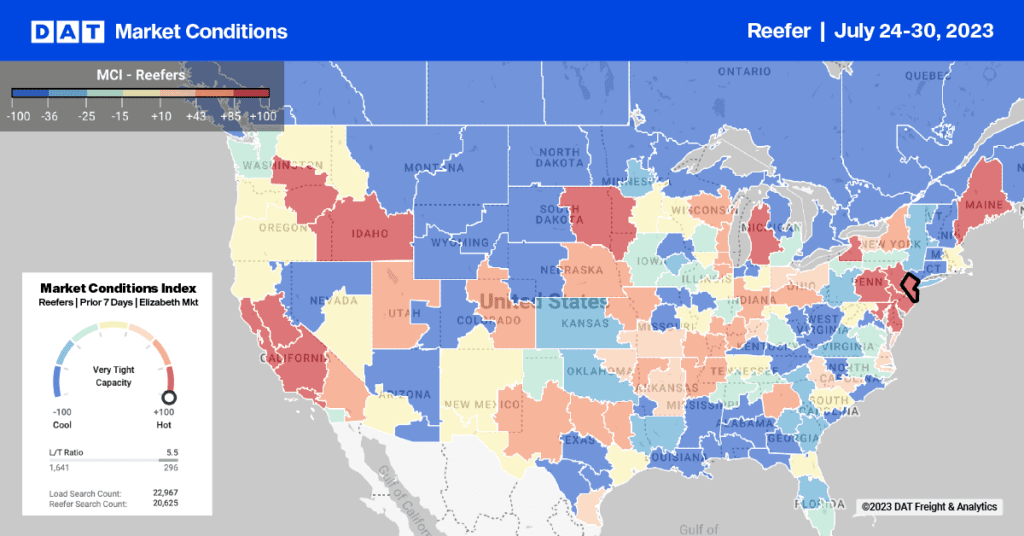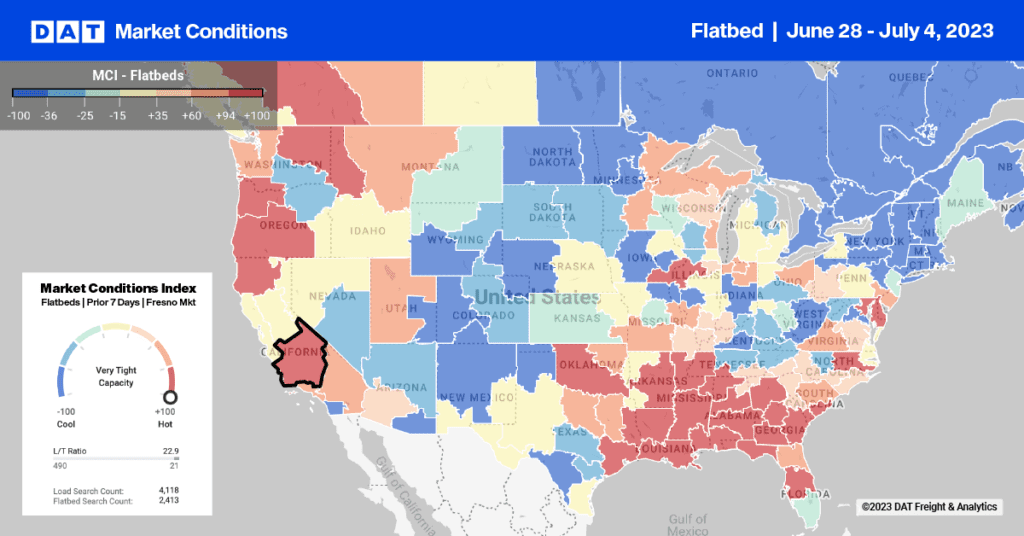We are entering the peak season for spot market freight. Load availability is rising, but for-hire fleets are not adding trucks to meet the additional demand. Many markets are already feeling the pinch of tight capacity, with pressure increasing the fastest on reefers, flatbeds and specialty equipment.
In 2005 I worked for a large warehousing company. In the post-Katrina period, FEMA booked so much capacity that it became difficult for a lot of shippers to find truckload carriers. Here are some the alternatives that shippers used:
- Sent more freight via rail intermodal services – some lost to trucking permanently
- Renegotiated with LTL services to handle volume shipments
- Redesigned supply chains to focus on short hauls rather than long hauls
- Created ‘dedicated fleets’ to provide ‘captive’ capacity
Some of these new tactics persist until today. Supply chains continue to evolve. Every day, there are shippers looking for trucks, but they don’t always find what they need. So they change their habits.
There are also trucks looking for shippers. Both sides engage with intermediaries, including freight brokers and 3PLs, and all those groups look to DAT and other load board services to help them find each other.


